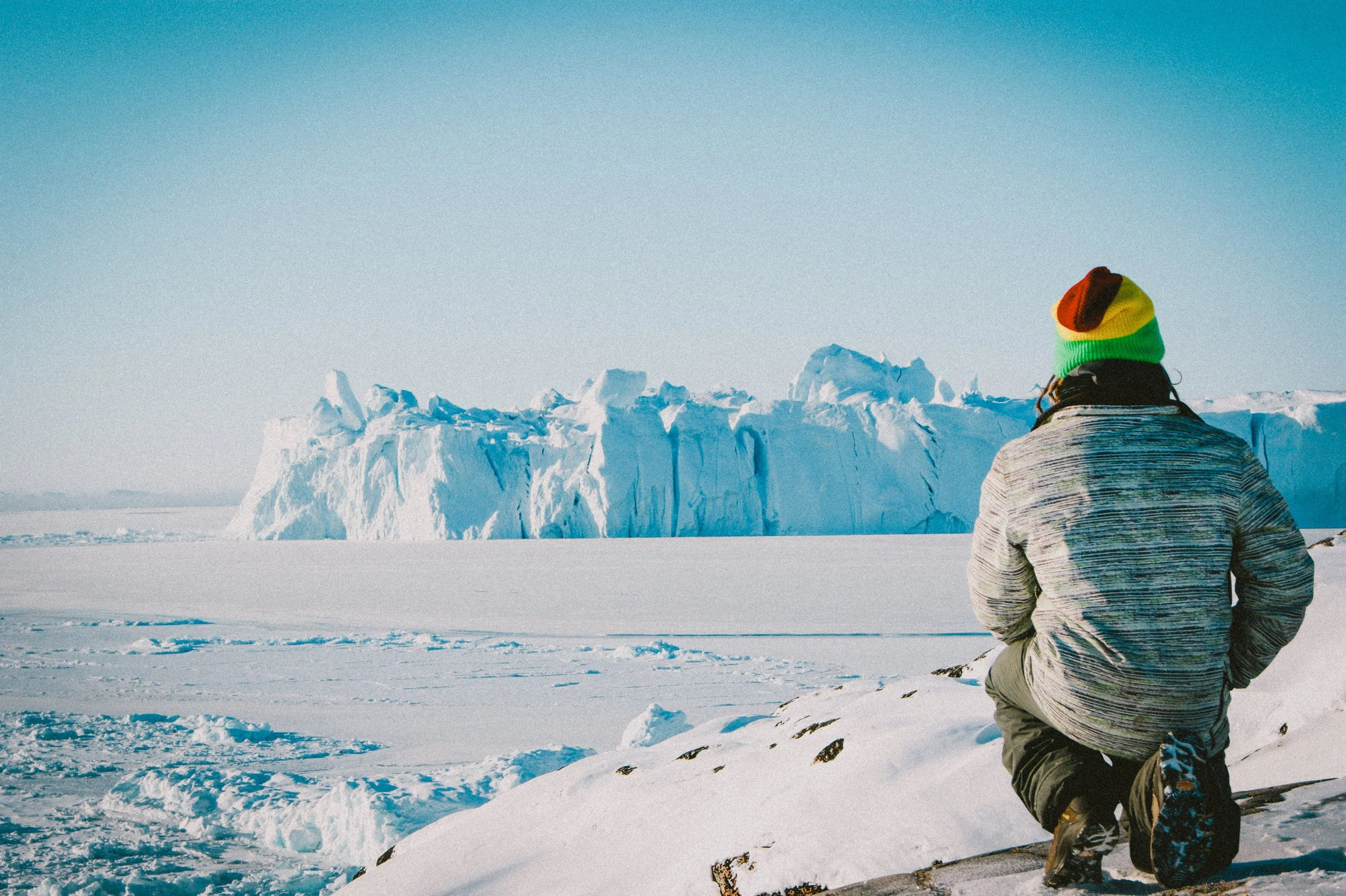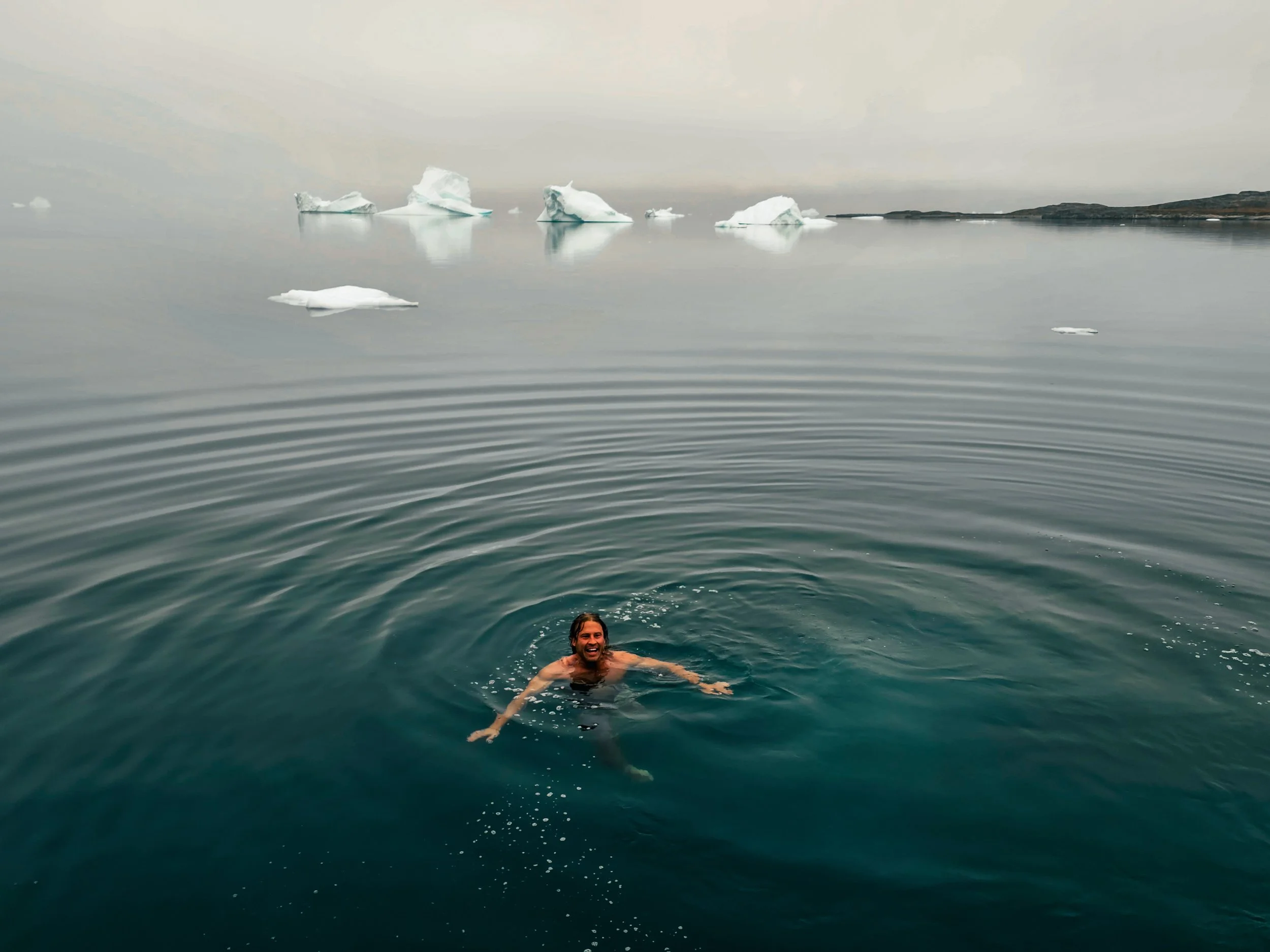

Marcus Arnold
I’m a 33 year old environmental scientist from Queensland, Australia. Somehow, I ended up with a particularly strong interest in the polar regions. I’m not entirely sure how I went from weekends at the beach to becoming fascinated with polar glaciers and sea ice, but I suspect it had something to do with falling in love with the stark beauty and fragility of these regions during my early studies. The enormity and grandeur of these regions will humble even the most proud of men, yet their sublime presence exudes vulnerability - an amalgamation of feelings that inspires action.
I’ve had the privilege of spending a lot of time in the polar regions, from bouts of study in Iceland, field trips for my Masters research to Antarctica (courtesy of the US Air Force for logistics), and various expeditions in Greenland and Svalbard.
My passion for these regions isn’t just academic, it’s personal. For me, the rugged solitude has always served as a reminder that, just like the ice itself, people can be resilient yet vulnerable at the same time. I’ve seen how being outdoors can bolster mental well-being and offer a sense of perspective that’s easy to lose in the churn of everyday life. Polar environments might seem like the last place you’d go for inner zen, but their power and beauty can be astonishingly comforting.
Yet, as breathtaking as the Arctic is, I’ve seen firsthand how quickly it’s changing. Glaciers that once seemed endless are receding at alarming rates, and sea ice that used to be thick and reliable is becoming more fragile each year. It’s devastating to know that a future without vast sheets of polar ice is now a real possibility. Each trip reminds me that there’s no separating ourselves from what happens at the poles; the melt here has ripples that reach far beyond the Arctic Circle, carrying real consequences for global climate patterns, sea levels, and wildlife habitats.




